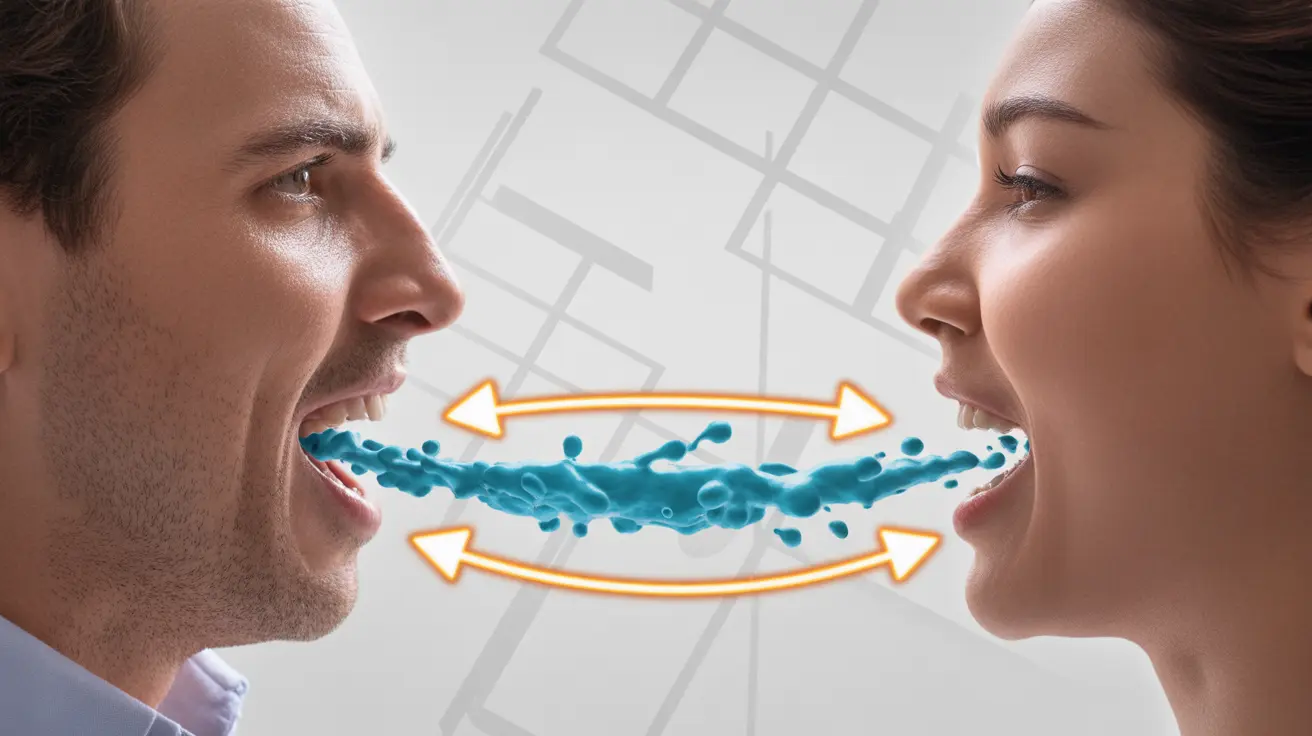Mononucleosis, commonly known as mono or "the kissing disease," has long been associated with intimate contact, leading many to wonder about its classification as a sexually transmitted disease (STD). This comprehensive guide will clarify the relationship between mono and STDs, explaining how the virus spreads and what you need to know to protect yourself and others.
What Causes Mono and How Does It Spread?
Mono is primarily caused by the Epstein-Barr virus (EBV), which belongs to the herpes virus family. While the virus can spread through sexual contact, it's important to understand that mono is not technically classified as an STD. The virus is most commonly transmitted through saliva during activities like kissing, sharing drinks, or using the same eating utensils.
The Relationship Between Mono and Sexual Transmission
Although mono can be transmitted during sexual activity, this typically occurs through exposure to infected saliva rather than through sexual fluids. The virus can spread during kissing or intimate contact where saliva is exchanged, but it doesn't specifically target the reproductive system like most traditional STDs.
Why Mono Isn't Classified as an STD
- Primary transmission occurs through casual contact with saliva
- The virus can spread through non-sexual activities
- Children and adolescents commonly contract mono through normal social contact
- The infection doesn't specifically affect reproductive organs
Recognizing Mono Symptoms
Early recognition of mono symptoms is crucial for proper diagnosis and management. Common symptoms include:
- Severe fatigue and weakness
- Sore throat
- Fever
- Swollen lymph nodes
- Headache
- Body aches
- Enlarged spleen
- Skin rash
Understanding Mono's Contagious Period
The contagious period for mono can be quite lengthy, typically lasting several weeks to months. Even after symptoms improve, the virus may continue to shed in saliva periodically. Many people can carry and spread the virus without showing any symptoms, making prevention particularly challenging.
Prevention and Safety Measures
To reduce the risk of contracting or spreading mono:
- Avoid sharing drinks, food, or personal items
- Practice good hand hygiene
- Avoid kissing or intimate contact while infected
- Wait until symptoms completely resolve before resuming close contact
- Be aware that the virus can reactivate in previously infected individuals
Frequently Asked Questions
- Is mono considered a sexually transmitted disease (STD)?
No, mono is not technically classified as an STD. While it can spread through intimate contact, including kissing during sexual activity, it's primarily transmitted through saliva in various non-sexual ways.
- How is the Epstein-Barr virus that causes mono spread during sexual contact?
During sexual contact, the virus primarily spreads through exposure to infected saliva, such as during kissing. It does not spread through sexual fluids like traditional STDs do.
- What are the common symptoms of mono to watch for after exposure?
Key symptoms include severe fatigue, sore throat, fever, swollen lymph nodes, headache, and body aches. Some people may also develop an enlarged spleen or skin rash.
- How long is someone with mono contagious to others?
People with mono can be contagious for several weeks to months, even after symptoms improve. The virus may periodically shed in saliva long after the initial infection.
- What steps can I take to prevent catching or spreading mono, especially through saliva?
Avoid sharing personal items like drinks, utensils, or lip products. Practice good hygiene, wash hands frequently, and avoid kissing or close contact with infected individuals. If you have mono, wait until symptoms resolve before resuming close contact with others.




